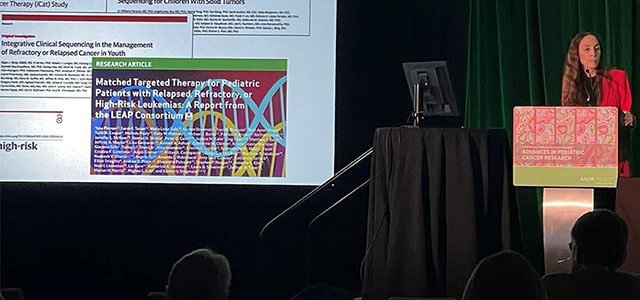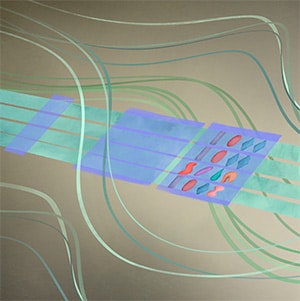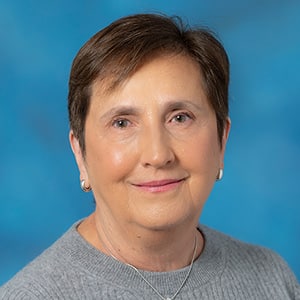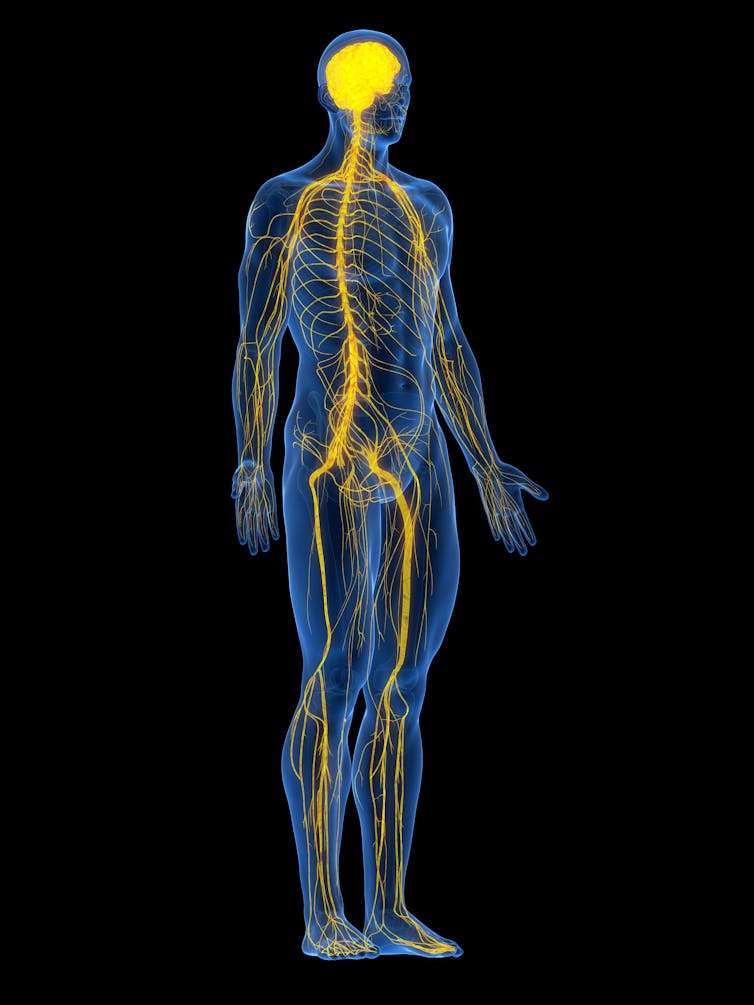By and large, cancer is the product of decades of damage our cells accumulate through the natural process of existing. Errors arise during the fallible process of DNA replication. Consistent exposure to the sun and other carcinogens adds fuel to the fire, and naturally weakening immune systems allow damaged cells to slip through the cracks. But if these forces are negligible in children, what causes childhood cancer?
The mechanisms are complex and widely varied, which is one reason why developing new treatments has proven difficult. At the American Association for Cancer Research (AACR) Special Conference in Cancer Research: Advances in Pediatric Cancer Research, held September 5-8 in Toronto, experts shared how they’re learning more about the genetic underpinnings of childhood cancer and advocated for genetic testing that may broaden the treatment options available to pediatric patients.
Examining the Causes of Childhood Cancer
In the conference’s keynote address, Kimberly Stegmaier, MD, of the Dana-Farber Cancer Institute, provided a historical overview of researchers’ attempts to define the genomic landscape of childhood cancer. Since the dawn of the genomics era near the turn of the century, she explained, experts have sought to characterize what makes pediatric cancer different from adult cancer.
Stegmaier pointed out a few themes that have emerged. Pediatric cancers are less likely to be driven by point mutations and more likely to be driven by fusion proteins. They tend toward more tumor heterogeneity and less sensitivity to immune checkpoint inhibitors (ICI). Importantly, pediatric tumors are much more likely to be driven by inherited mutations, also called germline mutations.
Kimberly Stegmaier, MD, presents her keynote address on the genomic frontier of pediatric cancer.
This topic was explored in greater detail during a plenary session in which experts shared their observations about cancer predisposition syndromes and how they affect childhood cancer research and treatment. The presence of a germline mutation may affect how tumors develop and behave, argued Anna Wenger, PhD, of the Wellcome Sanger Institute in the United Kingdom. Wegner studies Wilms tumor, a pediatric kidney cancer in which around 10% of patients may have a genetic predisposition.
Patients harboring germline mutations are treated differently than patients with sporadic Wilms tumors, but there are no individualized treatments for specific mutations, Wenger explained. She and her colleagues analyzed a cohort of both sporadic and predisposed Wilms tumors and found that certain predisposition mutations were associated with a distinct genetic landscape that might affect prognosis and treatment plans. Patients with germline WT1 mutations, for instance, tended to lack genetic markers of high-risk disease and almost always included a second mutation in the β-catenin signaling pathway. With more research, Wegner said, this knowledge might lead to an individualized treatment plan for these patients.
Additional research is similarly challenging standardized treatment guidelines for pediatric patients with Li-Fraumeni syndrome, characterized by a germline mutation in the tumor suppressor gene p53, explained Anita Villani, MD, of The Hospital for Sick Children in Toronto. National Comprehensive Cancer Network (NCCN) guidelines recommend limiting exposure to chemotherapy and radiation in these patients whenever possible, as they may be especially susceptible to DNA damage caused by such treatments, which can increase the risk of secondary cancers.
Villani and colleagues investigated outcomes from 760 patients with Li-Fraumeni syndrome across nine international cancer centers, a third of whom developed their first cancer before age 20. Across all adult and pediatric patients, 351 developed secondary malignancies a median of six to 15 years after their first cancer, depending on the cancer type.
Exposure to radiation was significantly associated with an increased risk of secondary cancers in general, with cancer type-specific differences in secondary bone cancers and soft tissue sarcomas. Chemotherapy, however, was only associated with an increased risk of secondary colorectal cancer. When the analysis was restricted to pediatric patients, the relative risk of bone cancer and sarcoma after radiation increased, and patients also had an increased risk of secondary acute myeloid leukemia. Villani urged for continued research into the magnitude and drivers of risk in these patients, which may enable oncologists to more accurately compare the risks and benefits to make informed treatment decisions.
Uri Tabori, MD, of The Hospital for Sick Children, discussed a particular cancer predisposition syndrome that can cause children and adolescents to develop a new cancer every two to three years. Constitutional mismatch repair deficiency syndrome (CMMRD) occurs when mutations interfere with both copies of one of several genes in the mismatch repair pathway, which corrects errors in DNA replication. This allows cells to accumulate other, harmful mutations more quickly, resulting in cancers of the brain, gastrointestinal system, and genitourinary tract.
These errors in replication promote instability of regions of the genome called microsatellites. Tumors with microsatellite instability are often vulnerable to immunotherapy, ICIs can significantly improve survival in many—but not all—patients with CMMRD.
Tabori and colleagues dug deeper into the genetic profiles of CMMRD tumors and found three distinct subtypes, two of which don’t respond well to immunotherapy. In one subtype—marked by additional mutations in a DNA polymerase that also helps repair replication errors—they found that combining two different classes of ICIs could overcome ICI resistance and improve outcomes in preliminary experiments conducted in both mice and humans. Similarly, in the subtype marked by mutations in the IDH1 gene, combining an IDH inhibitor with ICIs shrank both mouse and human tumors.
Using the Genetic Information
Tabori’s study showed that knowing more about the genetic drivers of pediatric tumors can help researchers understand how to treat them. Angus Hodder, MBBS, of the Wellcome Sanger Institute and Great Ormond Street Hospital in London, demonstrated those benefits on a much larger scale.
The United Kingdom grants universal access to whole-genome sequencing (WGS) for patients who develop cancer before age 25. Using data from two pediatric cancer centers that made WGS routine, Hodder and colleagues explored how WGS results impacted clinical care and patient outcomes.
Out of 281 consecutive children whose tumors were sequenced at these cancer centers, 83 (29%) received additional clinically relevant information about their tumor—including biomarkers of prognosis, information about germline mutations, and potential therapeutic targets—that were not otherwise identified. Twenty (7%) of these patients received information that made them eligible for different treatment options, showing that routine WGS can provide a substantial benefit to some patients.
But while the growing feasibility of WGS has provided cancer researchers with plenty of answers, it’s raised several new questions as well. According to Franck Bourdeaut, MD, PhD, of Institut Curie in Paris, seven new cancer predisposition genes have been discovered since the turn of the century, and recently discovered syndromes are less likely to have clear guidelines for monitoring the patients and their close relatives.
Bourdeaut explained that knowing that a gene predisposes children to cancer is only the first step toward making a difference in the clinic, and that more work is needed to comprehensively characterize what tumor types to expect in predisposed children, when, and in what sequence. This can help caregivers make informed decisions on surveillance.
Further, by studying families that carry the relevant mutation, researchers can determine the penetrance of the predisposition syndrome, or the proportion of people with the mutation who may eventually develop cancer. This can help inform screening guidelines for the patient’s siblings that properly weigh the benefits against the potential emotional and financial costs. Bourdeaut also stressed the importance of regular reevaluation of established guidelines based on feedback from patients and their families.
Want to learn more about these presentations and others from the AACR Special Conference in Cancer Research: Advances in Pediatric Cancer Research? Register now for on-demand access. Recordings of all plenary sessions, short talks, and lightning talks will be available to registrants through November 14, 2024.
The post What Causes Childhood Cancer, and How Are Researchers Helping? appeared first on American Association for Cancer Research (AACR).



